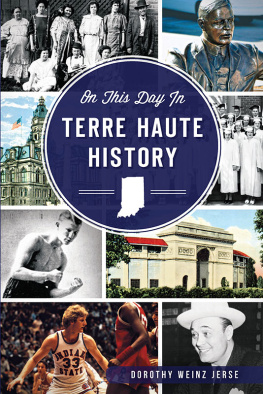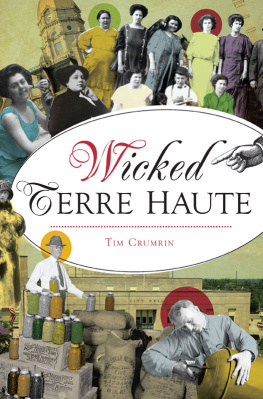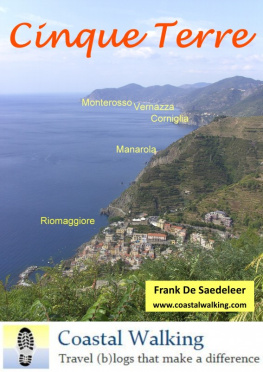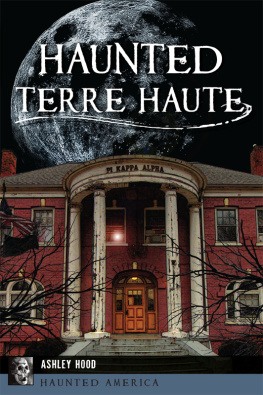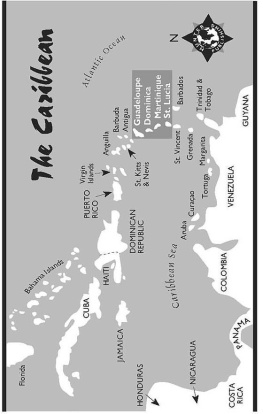


Published by The History Press
Charleston, SC 29403
www.historypress.net
Copyright 2015 by Dorothy Weinz Jerse
All rights reserved
Cover image of Larry Bird courtesy of Al Perone and Dave Taylor, Indiana State University.
First published 2015
e-book edition 2015
ISBN 978.1.62585.190.1
Library of Congress Control Number: 2015945699
print edition ISBN 978.1.62619.659.9
Notice: The information in this book is true and complete to the best of our knowledge. It is offered without guarantee on the part of the author or The History Press. The author and The History Press disclaim all liability in connection with the use of this book.
All rights reserved. No part of this book may be reproduced or transmitted in any form whatsoever without prior written permission from the publisher except in the case of brief quotations embodied in critical articles and reviews.
CONTENTS
ACKNOWLEDGEMENTS
This book is dedicated to the newspaper reporters and editors who write the first draft of local history. They are named and quoted throughout the book in appreciation of their important work, which they continue on a daily basis.
I am also indebted to the staff members of the Vigo County Public Library Special Collections, Vigo County Historical Society, Terre Haute Convention and Tourism Bureau and Mic Orman for their encouragement and personal assistance for this publication. Judy Calvert deserves special recognition for her support and the use of her extensive postcard collection, as does my husband, Bill, who shared the experience with me.
INTRODUCTION
The story of local history can be presented in many ways. The invitation to write this book offered a challenge I could not refuse. My previous publications have presented the material by category or chronologically. This assignment called for filling each day of the calendar year with a local event. At first I wondered if I could find an event for each day. Instead, I found a number of events, and choosing just one was often very difficult. I hope you, the reader, will find my choices to be interesting.
JANUARY
JANUARY 1
1900Happy New Year
The Terre Haute Express asked several prominent local merchants their predictions for the first year of the new century. Anton Hulman of Hulman and Company said, It is going to be a good year, but I do not anticipate doing any betterthe year 1899 has been the largest year in the business of this houseYes, the trade is in excellent shapetaking advantage of the discounts and paying their bills in prompt cash instead of waiting sixty days.
W.S. Rea of Bement, Rea and Company commented, The country is in first-rate condition. The higher prices are not likely to retard trade. Terre Haute has not felt them much yet, as it has been one of the slowest towns in the country to raise prices.
W.H. Albrecht, wholesale and retail dry goods merchant, summed it up well: From all I hear in every direction 1900 is going to be a cracker jack year.
JANUARY 2
1963Home Packing Explosion
A blast ripped through the Home Packing Company plant at 400 North First Street a few minutes after 7:00 a.m. Sections of the roof and a wall collapsed, piling debris and rubble over the workers. Minutes later, seventeen workers were dead and fifty-two injured. Personnel from area mines shored up the building to allow rescuers, hindered by ammonia fumes, to search for victims. Terre Haute policemen, firefighters and physicians, along with Civil Defense, Red Cross and Indiana National Guard teams, responded. An emergency first aid station was set up at the County Highway Garage at Second and Ohio Streets; the injured were transported to Saint Anthony Hospital. Robert Scott, company president, surveyed the damage where his brother, Don Scott, lost his life. Just the month before, the building had been designated as a fallout shelter by Civil Defense. A historical marker was dedicated on the site in 2015.
JANUARY 3
1913Police Department
Daniel Fasig, superintendent of police under the administration of Mayor Louis Gerhardt, issued his annual report for the year 1912. His department was composed of eighty-two individuals, among whom were included sixty patrolmen, five detectives and nine plainclothes officers. A court bailiff, matron and clerk; a humane officer; and a police surgeon were also among those listed. His remarks read, in part:
The automobile patrol, which was installed January 1, 1912, has proved to be more efficient than the horses, and the cost of maintenance is less. I call your attention to the ambulance in use at the present time. This ambulance has been in continuous service for about eighteen years, and at the present time is not in fit condition for ambulance duty. I would suggest that the ambulance be done away, the horses sold, and an automobile ambulance purchased.
JANUARY 4
1988Fluoridation
The Indiana-American Water Company, Inc., had begun to comply with a judges order to fluoridate the water supplies to Terre Haute and Seelyville. The Terre Haute City Council had approved the fluoridation ordinance thirty years before, but Mayor Ralph Tucker vetoed it and the council erased the veto. Another ordinance, passed in 1959, was repealed by the council to the amazement of fluoridation proponents. The issue continued to be very controversial in the community. In 1984, an anti-group filed suit to prevent water company action on the Board of Health fluoridation order under Dr. W.W. Drummy, county health officer. The judges order, as reported this week, was expected to finish this issue debated for three decades. Yet in John Halladays Tribune-Star interview with Darrell E. Felling, attorney for Seelyville, Felling said, They were not ready to open the faucet to fluoridationnot yet anyway.
JANUARY 5
1967Ivy Tech
The Wabash Valley Region of Indiana Vocational Technical College (Ivy Tech) was chartered. It was the first region to have a permanent location, as the site five miles south of downtown Terre Haute on U.S. 41 had been acquired earlier. C. Huston Isaacs, director, presided over the groundbreaking ceremonies on June 30, 1968. Prospective students and their parents were invited to an open house on May 3, 1969; they were informed that fees would not exceed $100 each quarter. In September, 150 full-time students began classes in auto mechanics, auto body repair and painting, diesel mechanics, welding, accounting, drafting, electronics and secretarial science. Forty years later, the 200910 enrollment was 9,405 students working toward associate degrees and/or technical certificates and credits that could be transferred to four-year schools throughout the state. Learn a living continued to be more than a slogan.
JANUARY 6
1870Normal School
The State Normal School in Terre Haute opened with thirteen female and eight male students. Its object, as declared by law, was the preparation of teachers in the common schools of Indiana. The law required a Model School to be organized in connection with the Normal School, in which Normal students could be trained in teaching and managing schools. Admission required students to be sixteen years of age for women and eighteen years for men, be in good health, possess undoubted moral character and submit a written pledge that the student would teach in the common schools of Indiana for a period of twice the time spent as a Normal student. Tuition was free to all residents of the state. No religious or sectarian tenets were to be taught, but Christian morality was to be observed. The institution became Indiana State Teachers College in 1929, Indiana State College in 1961 and Indiana State University in 1965.
Next page
